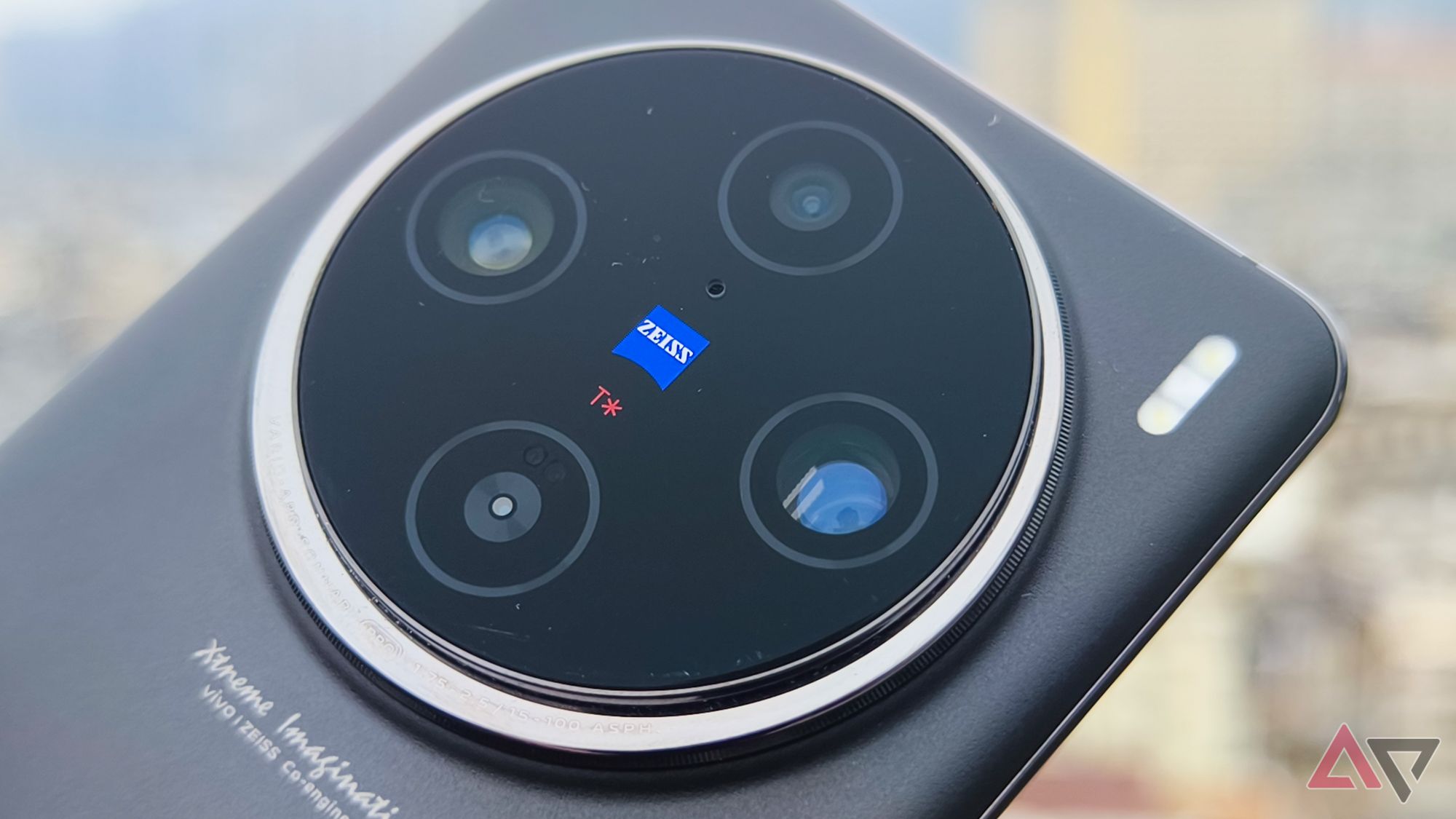The launch of the Galaxy S24 series is now just days away, and with it the arrival of the S24 Ultra, Samsung’s all-singing, all-dancing flagship phone for 2024. It’s all but guaranteed to pack Samsung’s best camera yet, and should be the chief competition for Google’s Pixel 8 Pro in that department.
Or at least, that’s the story in the US. Buyers elsewhere in the world have always had a few extra options thanks to the major Chinese smartphone players, and December’s Vivo X100 Pro has just set the bar pretty high for smartphone photography this generation. The only question now is whether Samsung has anything up its sleeves to match Vivo’s extraordinary offering — especially when it comes to its telephoto lenses.
If you’re not familiar with Vivo, it’s one of the major manufacturers in the Chinese and Asian markets, with some limited expansion into Europe too. More than anything else, it’s made its name for phenomenal photographic performance in its X-series flagship phones, thanks in part to a long-running partnership with lens manufacturer Zeiss.
The X100 Pro is no exception. It packs a triple rear camera system, where each of the three sensors boasts a 50MP resolution.
I spent most of December visiting my partner’s family in Macau and China, and couldn’t have been happier to have the X100 Pro along for the ride. Whether I was shooting fluorescent casino signs in Macau, frigid mountainscapes in northern China, or endless food photos just about everywhere I went, the Vivo delivered the goods every time.
The main camera is unsurprisingly impressive, powered by Sony’s popular 1-inch IMX989 sensor, which is capable of capturing more light than smaller sensors, helping the phone deliver in dimmer conditions. The ultrawide impresses too, matching the main camera for pixel count and using a relatively wide f/2.0 aperture.
Both excel in low-light photography, especially when it comes to dynamic range, capturing highlights without blooming or blowing them out, while preserving detail in the dark. Each would hold its own against the Pixel 8 Pro or S23 Ultra’s equivalents. But they’re not what makes the X100 Pro so special — or such a rival to Samsung’s upcoming flagship.
The Ultra phones have always boasted a range of perks, including their sheer size, S Pen support, and all-round camera competence. But ever since the first S20 Ultra four years ago, Samsung has placed a little extra emphasis on these phones’ telephoto capabilities, starting with that first phone’s impressive — if unreliable — 100x ‘Space Zoom’.
Leaks suggest the same will be true this year. While the S24 Ultra’s main lens and ultrawide are tipped to be similar to the 2023 edition, the company is reportedly revamping its telephotos, moving to a pair of 3x and 5x zoom lenses. The latter may sound like a step down from the S23 Ultra’s 10x periscope, but it will jump to a much higher 50MP resolution, and if it packs a larger aperture and wider sensor, then it could mark a considerable upgrade.
Still, it’s not clear if that will be enough to make Samsung’s flagship the best around. Oppo made headlines this week when it announced the Find X7 Ultra, the first smartphone to feature dual periscope lenses, but even that will have its work cut out for it to beat the ‘floating telephoto camera’ found in the X100 Pro.
With a 4.3x zoom, the equivalent of a 100mm focal length, the X100 Pro’s single telephoto sits somewhere between the 3x and 10x lenses found on the S23 Ultra. Still, it’s capable of digitally zooming into the same 100x level that Samsung caps out at, and more importantly, it looks stellar every step of the way.
That’s partly down to enhanced stabilization tech, which keeps shots steady and detailed, especially at lower light levels, when most telephotos tend to run into trouble. Take the crisp edges of the neon signs in these nighttime photos, all taken at 4.3x zoom, where you can make out every detail of each light, and spot the details of the dim building exteriors, and yet the night sky itself remains inky black.
More importantly, the zoom lens here is capable of varying its focal point, producing some beautiful bokeh along the way. That means it can pull double duty as a macro shooter, but also that when you frame shots you can pick exactly where you want the focus to lie, choosing to blur either background or foreground, with an optional slider in the main UI so that you can manually set focus with precision.
The best example is these two shots, taken from the exact same spot, using the telephoto at its 4.3x optical length, but choosing to focus on each of the two dishes in turn. Note especially that on the second, despite the background bowl being the focal point, the background beyond that is still blurred — this isn’t simply setting a distant focus, it’s correctly setting the exact focal depth I wanted, blurring everything before and beyond.


Don’t get me wrong, it’s not a perfect camera. You can see in the above shots that shifting focus has an immediate effect on brightness, and that’s where the sensor occasionally struggles. Every once in a while shots come out too dark and warm, especially in indoor lighting – those yellows get amped up at times.
Despie that this is, hands-down, the best telephoto lens I’ve ever used in a phone. It’s so good that I frequently found myself defaulting to the telephoto over the main sensor, stepping back to frame shots with that lens rather than just using the regular camera. That’s absurd, unheard of. There is no other phone around where the telephoto camera is a match for the main shooter, let alone one where it might even be better.
All three lenses are supported by Vivo’s own V3 imaging chip, which works in conjunction with the MediaTek Dimensity 9300 chip to handle the processing side of the equation. That Dimensity chip may be the chief downside to the phone — it’s likely to blame for some iffy battery life across the board — but if the X100 Pro+ does arrive later this year with a Snapdragon 8 Gen 3 inside, as is rumored, then Vivo’s next phone might be hard to beat.
We’ll have to wait a week to find out what Samsung is going to bring to the table with the S24 Ultra, but Vivo has thrown down the gauntlet, and sister company Oppo isn’t far behind. Samsung will have to pull out all the stops if it doesn’t want to cede the throne.
Source link


